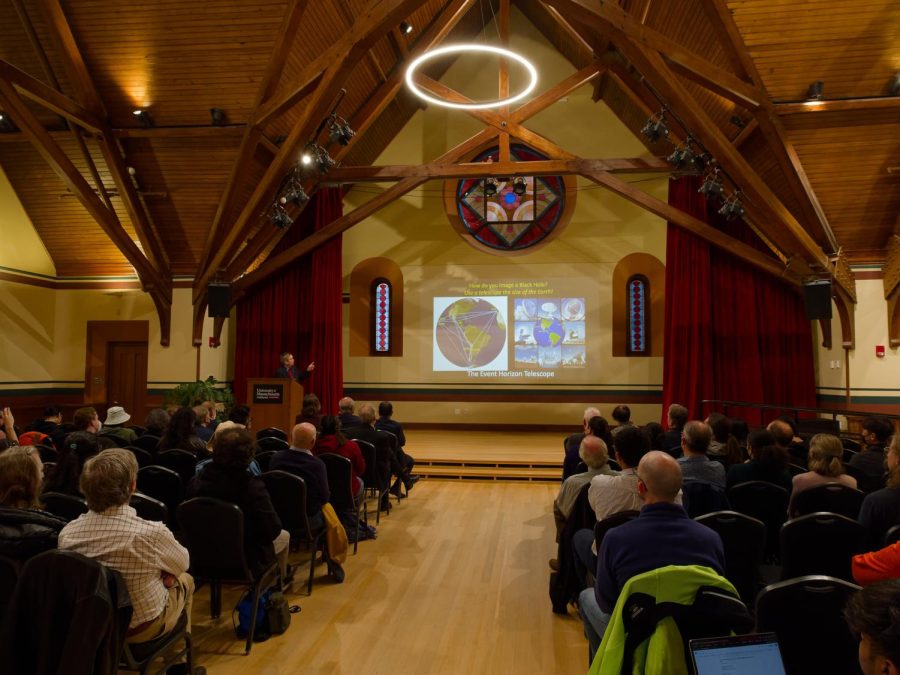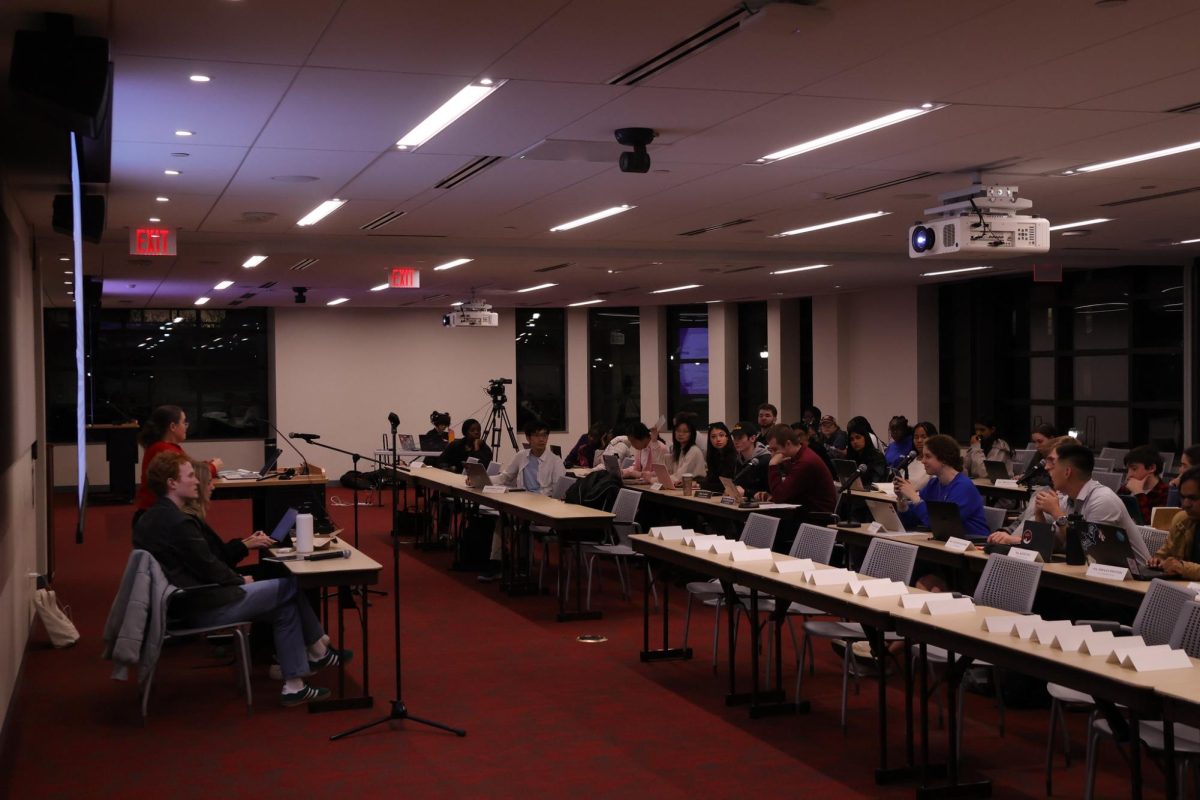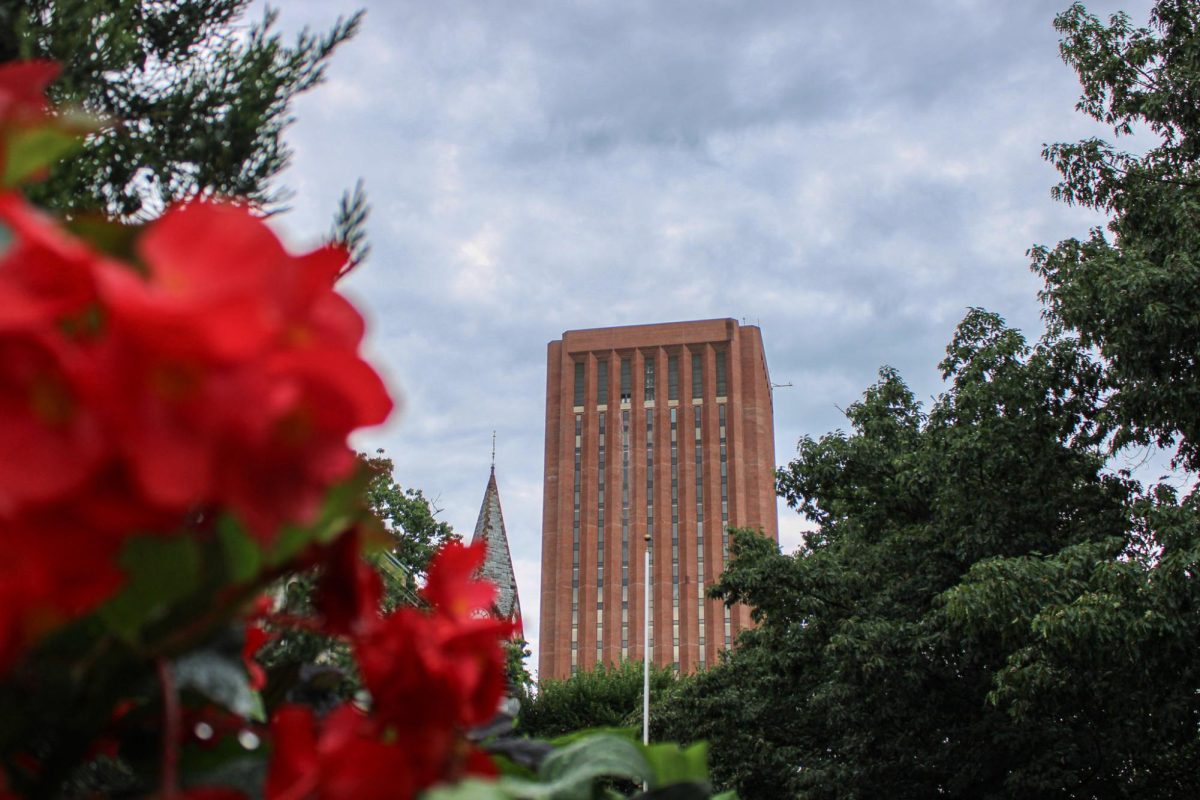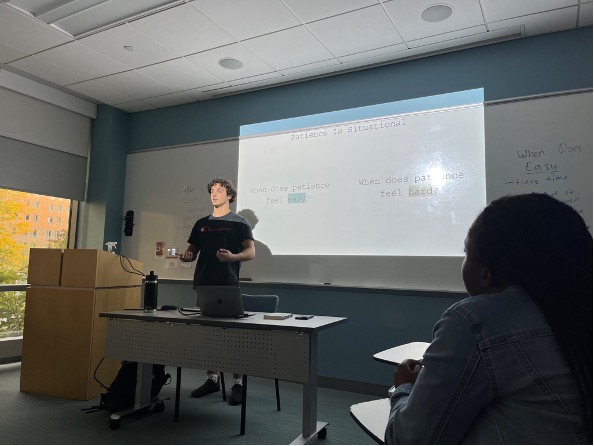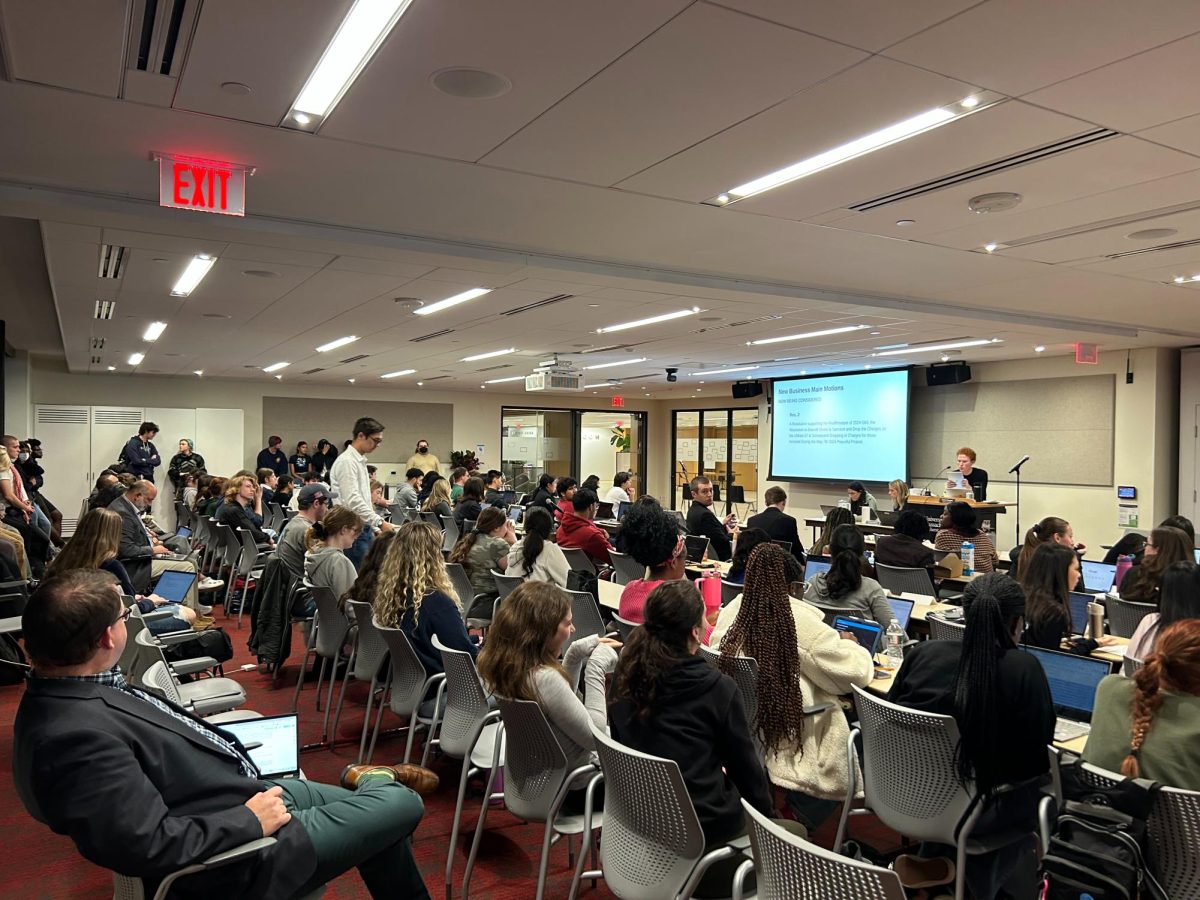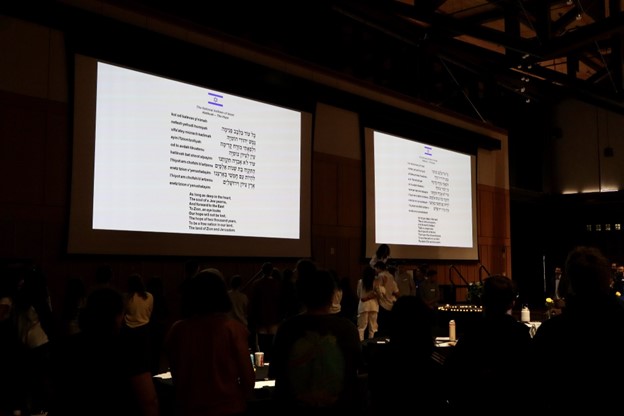Peter Schloerb, a University of Massachusetts professor in the department of astronomy, spoke on March 23 regarding UMass’s involvement in the construction of LMT, the Large Millimeter Telescope. The LMT is the telescope that captured the first-ever photo of a black hole back in 2019.
The telescope, which is 50 meters in diameter, was built on the Sierra Negra volcano in Puebla, Mexico. Completed in 2018, the instrument is able to observe things in space that have historically been difficult to find with previous telescopes.
Schloerb, a distinguished planetary scientist, began his speech by explaining that before the LMT, UMass had the second-largest telescope in the world and a very determined astronomy program that they hoped to advance.
“We had this big telescope, and a very active program, and we wanted to stay at the forefront of this…But, it was clear after I had only been here a couple of years, people were building bigger and bigger millimeter telescopes,” Schloerb said.
“We thought we would follow through on what we did best,” he added. “We [wanted] to build a really big telescope.”
Once the scientists and researchers had received proper funding, they began collaborating with the country of Mexico; there was much collaboration between the country of Mexico, both regarding funding and oversight. Once the project was finished, they were able to begin working on scientific research.
A black hole is an object in space in which light can’t escape, and objects that enter a black hole do not come out. However, it wasn’t initially that way. Schloerb said that “nobody knew about black holes, so they were popular in imagination.” The lack of knowledge about black holes provided an incentive for scientific research.
To capture an image of the black hole, the LMT observed the Messier 87 galaxy, which is 54 million light years away. Within this galaxy, researchers were able to capture the first ever picture of a black hole, catching the attention of international news and establishing a major advancement in astronomy research.
Liv Baier, a sophomore journalism major, was not aware of the scientific achievements of the astronomy department at UMass before the talk and was interested to learn what the telescope was able to accomplish.
“I think it’s really cool that UMass was able to collaborate with Mexico to create such a world-wide phenomenon of a telescope,” Baier said. “it’s really interesting to see how critically acclaimed the school is for astronomy.”
Schloerb explained that both Europe and Japan are in the process of building a telescope similar to the LMT and there are various other telescopes that are hoping to execute what the LMT has, but none have succeeded.
After the LMT’s latest achievements, they began moving onto new projects such as advancing the technology of the telescope, trying to capture rapid imaging and creating videos of black holes.
Brooklynne Mitchell-Arno, a senior animal science and conservation journalism major, is interested to see further developments and the advancement of research over time.
“I have an eight-year-old sister [and] I want to introduce her to this concept because I think it’s something that is just going to keep growing and keep developing. It’ll be interesting to see how she sees this first image, and then what happens when she’s my age to see if there is more development,” she said.
To conclude the lecture, Schloerb explained that anyone with a good idea can accomplish anything, as there are always things to discover and research to be done.
“Somebody with a great idea… can make an exciting new discovery.” Schloerb said. “Nothing is easy. Everything is hard. If it’s worth doing, it’s going to be hard.”
“We’re going to continue to stick with it as we try to transform this telescope and our instruments.”
Eve Neumann can be reached at [email protected].

